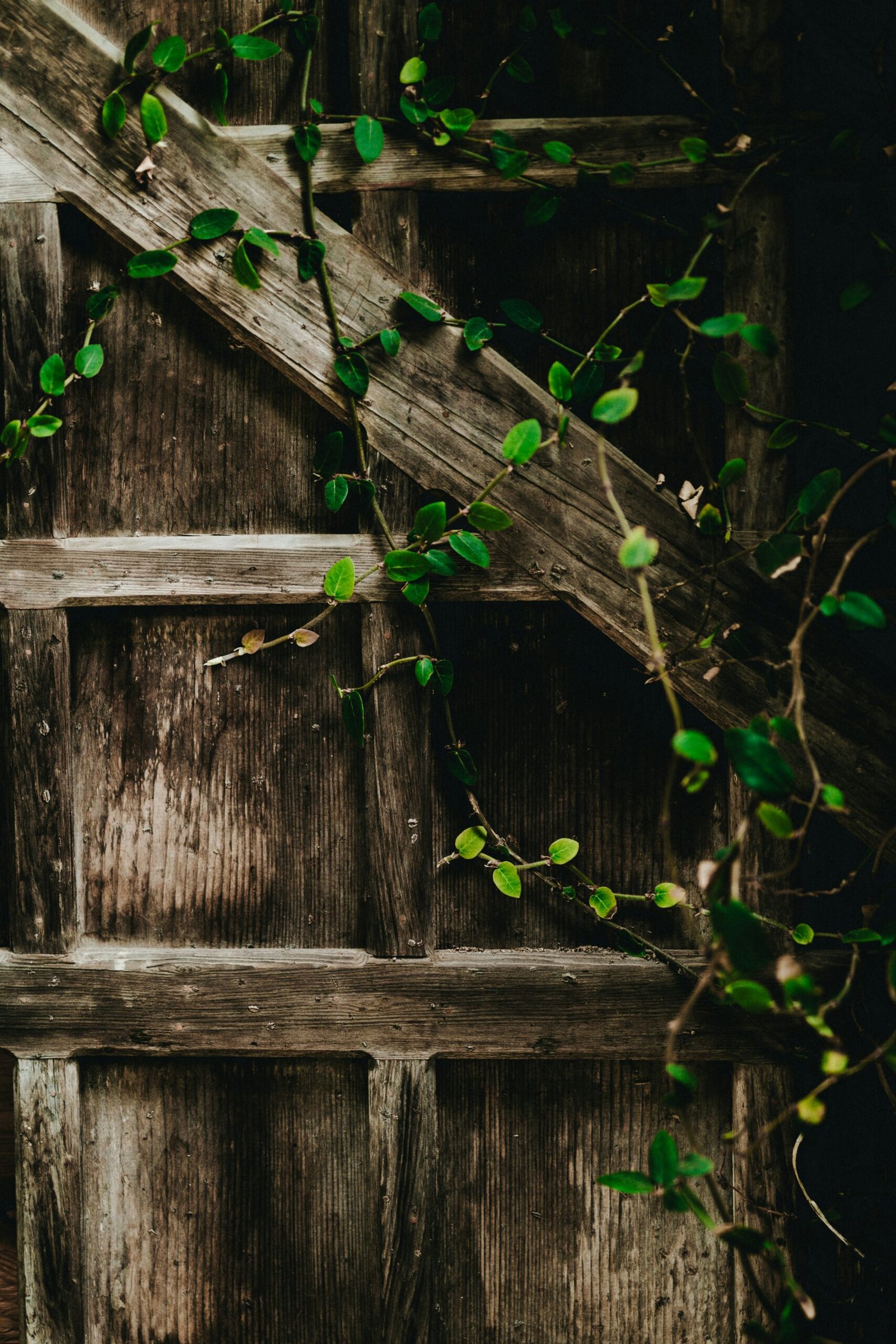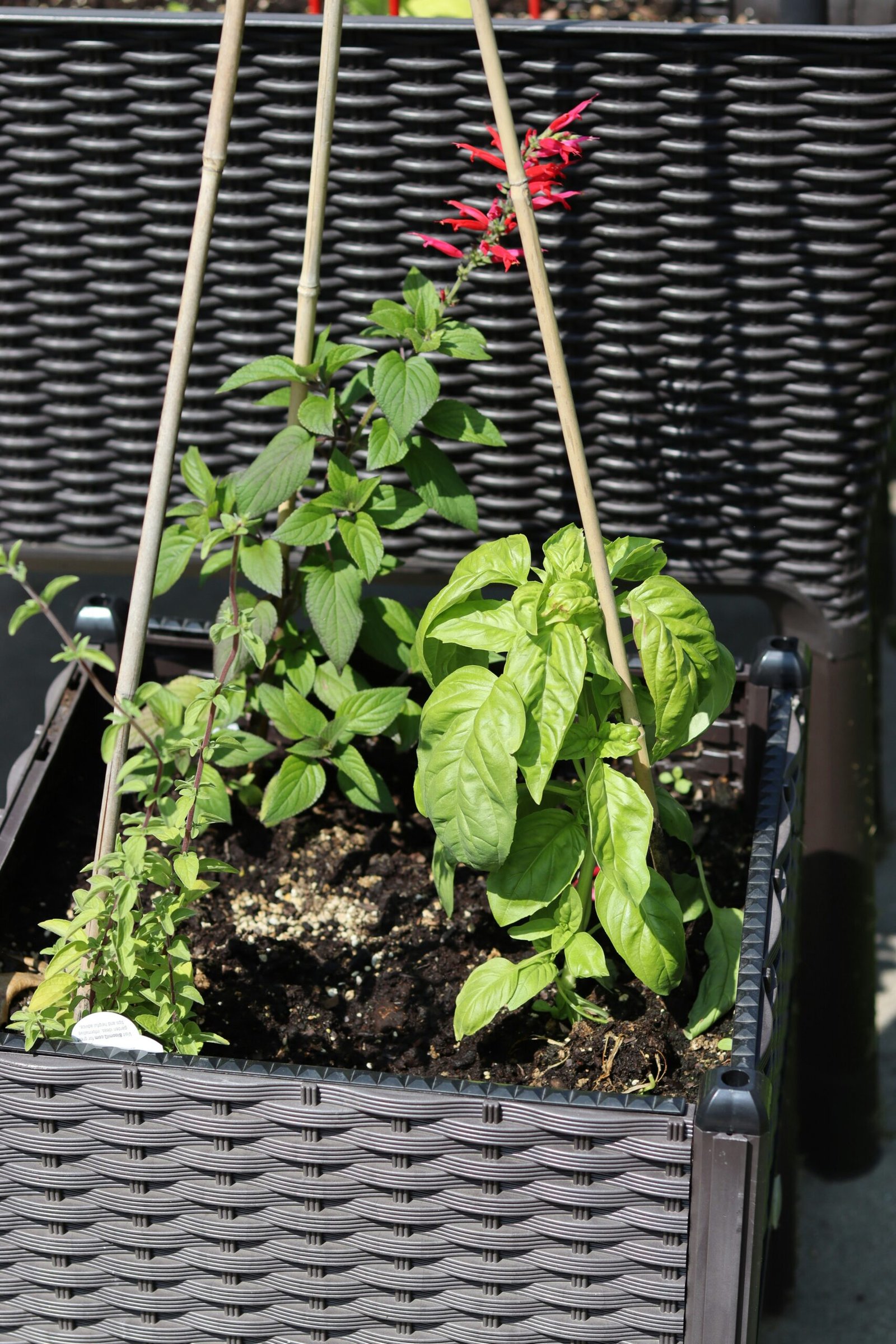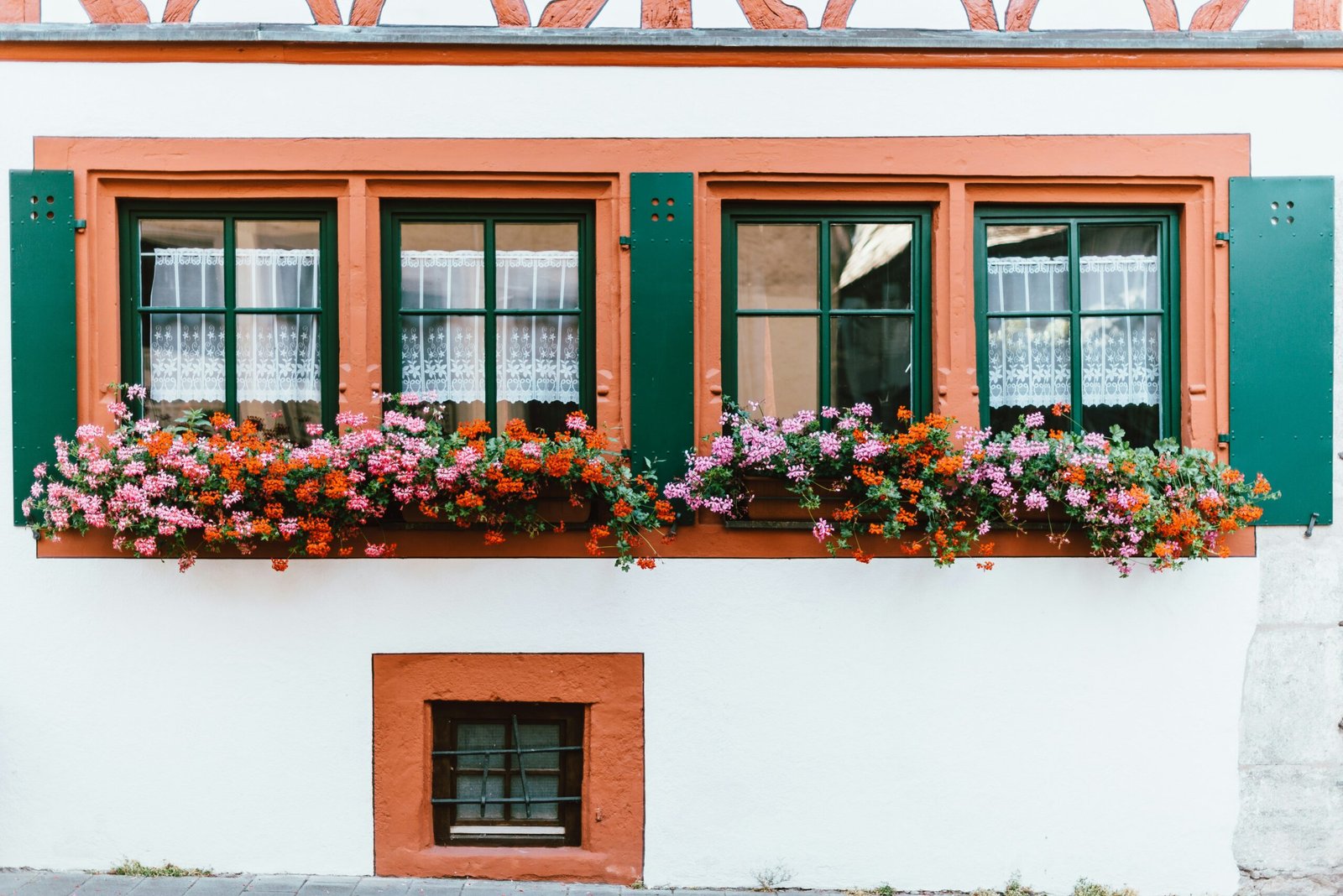Introduction to Garden Trellises
A garden trellis is an architectural feature designed to support climbing plants and enhance garden aesthetics. Typically constructed from wood, metal, or plastic, trellises provide structure for various types of flora, allowing them to grow vertically rather than spreading horizontally. This vertical growth not only saves space but also improves air circulation and exposure to sunlight, essential for the plant’s health. Incorporating a trellis into your garden design can transform an ordinary plot into a more visually appealing landscape.
The functions of a garden trellis are multifaceted. Primarily, it serves as a support system, allowing climbing plants such as vines and flowering species to flourish. As these plants ascend the trellis, they create a lush green backdrop or colorful display, making the garden more inviting. Furthermore, trellises can act as natural dividers, delineating different areas of a garden or providing privacy between spaces. The integration of a trellis can therefore enhance both the functionality and visual appeal of your garden.
Numerous climbing plants benefit from being trained onto a trellis, including varieties such as clematis, morning glories, and climbing roses. Each type offers unique blooms and foliage, providing a spectrum of colors and textures throughout the growing season. In addition to purely ornamental plants, some DIY gardeners might choose trellisses to support edible varieties like pole beans or cucumbers, making gardening both practical and rewarding.
Embracing the versatility of garden trellises not only contributes to a more organized growing environment but also fosters an enriching experience for gardeners. With so many options available, designing and implementing your own trellis can result in a project that combines creativity with functionality.
Materials Needed for Your DIY Trellis
Creating a stunning DIY garden trellis requires a careful selection of materials to ensure durability and functionality. One of the primary components needed is wood. Ideal choices include rot-resistant species, such as cedar or redwood, which can withstand the elements while providing a strong support structure for climbing plants. Treated lumber is another viable option, though its chemical treatment may affect certain plant species; thus, proper planning is crucial.
In addition to wood, nails and screws are indispensable for securely fastening the components of the trellis together. Opt for galvanized or stainless-steel fasteners, as these materials are designed to resist rust and corrosion over time. They ensure the integrity of your DIY trellis, making it a reliable foundation for your climbing plants.
Wire is another essential material, particularly for trellises designed to support heavier vines, such as cucumbers or climbing roses. Using sturdy garden wire can enhance the overall sturdiness of the structure and provide additional support across vertical sections of your trellis. A variety of gauges are available, allowing for customization based on the specific plants you intend to train.
To protect the wood against moisture, UV rays, and pests, applying paint or sealant is strongly recommended. A weather-resistant exterior wood paint or a marine-grade sealant can prolong the life of your trellis significantly and enhance its aesthetic appeal. When choosing colors, consider a shade that complements your garden’s palette.
Finally, essential tools such as a saw, drill, level, and measuring tape are necessary for effective assembly. These tools will assist you in cutting wood to size, securing the framework, and ensuring that your trellis is both stable and visually appealing. By gathering the right materials and tools, you will be well-prepared to embark on your DIY trellis project, setting the stage for a flourishing climbing garden.
Step-by-Step Instructions for Building a Garden Trellis
Creating a stunning DIY garden trellis begins with careful planning. Start by determining the location where you want to place the trellis. Consider the sun exposure and proximity to your climbing plants. Visualize the desired height and width of the trellis, ensuring it complements your garden’s aesthetic. Next, gather the necessary materials such as untreated wood or metal stakes, screws, nails, and wire for securing plants. If opting for wood, choose rot-resistant types like cedar or redwood for longevity.
Once you have your materials ready, measure and cut your chosen material to the required sizes. Typically, vertical supports should be taller than the climbing plants. For a simple rectangular trellis, you will need two vertical pieces and several horizontal slats. Use a saw for precise cuts, ensuring safety with protective eyewear and gloves. Mark the locations for the slats evenly to maintain symmetry, which is crucial for not only aesthetics but also for supporting plant growth.
With your pieces cut, it’s time to assemble the trellis. Begin by attaching the horizontal slats to the vertical supports, using either screws or nails. For enhanced stability, pre-drill holes to prevent the wood from splitting. Ensure that the framework is sturdy and square to provide a solid foundation for climbing plants. You can also customize this structure by incorporating decorative elements like arches or lattice designs, tailored to suit your garden style.
Finally, secure the trellis in the designated spot within your garden. Dig holes deep enough to accommodate the vertical supports, promoting structural integrity. Backfill with soil and water the area to eliminate air pockets, ensuring the trellis is stable. As your climbing plants begin to grow, guide them onto the trellis, allowing them to thrive. This DIY project not only enhances your garden’s visual appeal but also supports healthy plant growth, transforming your outdoor space into a flourishing environment.
Planting and Caring for Climbing Plants
Once your DIY garden trellis is constructed, the next step is selecting and planting climbing plants that will thrive in your garden setting. It is essential to choose plants that are appropriate for your climate, soil type, and the amount of sunlight your garden receives. Popular choices for trellising include options such as clematis, climbing roses, and various vine species like morning glories or sweet peas. These plants not only beautify your garden but may also attract beneficial pollinators.
To ensure healthy growth, begin by properly planting your chosen climbing plants. This typically involves digging a hole that is twice as wide as the root ball but no deeper than the root itself. Gently loosen any tightly bound roots before placing the plant in the hole. It is advisable to plant at the same depth as they were in their nursery pots. Firm the soil around the root system and water thoroughly to remove air pockets. If planting multiple vines, maintain appropriate spacing as specified for each species to promote airflow and reduce competition for nutrients.
Ongoing care for climbing plants involves regular watering, especially during dry spells. Most climbing plants thrive with consistent moisture but be aware of overwatering, which may lead to root rot. Additionally, applying a balanced slow-release fertilizer during the growing season encourages robust growth and flowering. Regular pruning is also necessary to maintain desired shapes and encourage healthy new growth while removing any dead or diseased foliage.
Pest and disease management is crucial for the vibrancy of your climbing plants. Monitor for common pests such as aphids or spider mites and treat infestations promptly with insecticidal soap or neem oil. Fungal diseases might also affect climbing plants, so ensure good air circulation around the foliage and avoid overhead watering, as this can promote powdery mildew. By diligently planting and caring for your climbing plants, your DIY trellis will become a stunning focal point in your garden.



